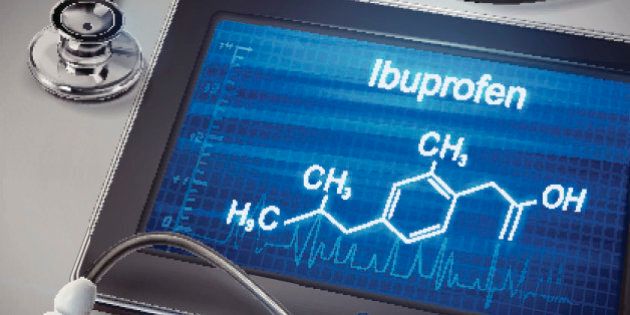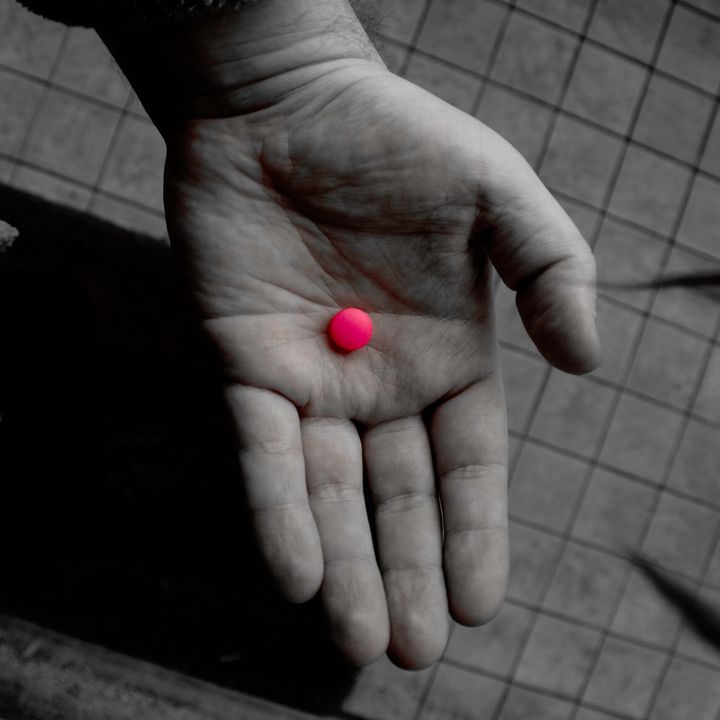
Medicating and relieving pain has had its ups and downs and advancements over the years — quite like patients themselves who have been in need of pain treatment.
Our ancestors knew how to treat a recognizable or visible pain — a cut or boil, for example — but were unsure of anything internal. Treating a headache was as unknown to them as treating a fever.
Between then and now our history has been peppered with herbal concoctions, incantations, and more. While eating sludgy herbal paste isn’t a wholly desirable remedy, it was the foundation for the pharmaceuticals we use today.
But what are the common components of our modern pain relief medications? Here’s a look at six pain relievers regularly found in medicine cabinets and how they work to make you feel better.

1. Naproxen
Naproxen is a regularly used NSAID (nonsteroidal anti-inflammatory drug) that works to reduce regulate the hormones in the body that cause inflammation. Used to help with issues like arthritis and gout, it’s found in such brand items as MOTRIMAX™, the 12-hour liquid gel used to relieve joint pain, as opposed to the 8-hour relief offered by Ibuprofen.
2. Opioid
Opiod is one of the pain relievers that must be used cautiously. While other pain relievers can be used to treat internal issues, opiods are stronger in scope. It can be found in codeine, morphine, methadone, and more. Its treatment is similar to that of the other pain relievers, but offers a more profound relief by reducing the messages the body sends to the brain that it is in pain.
3. Paracetamol
Paracetamol (also under the name of acetominophen) is used in in treating inflammation that causes fevers. It is one of the more widely used of the pain relievers; first appearing on the medical scene in the U.S. in 1893 but wasn’t made commercially available until 1950.

4. Ibuprofen
Ibuprofen is very similar to Naproxen — it, too, is an NSAID. Its history begins in the Boots Laboratories in the early 1960s in the United Kingdom where researchers identified the carboxylic acid as the soothing component that was twice as effective as acetylsalicylic acid (ASA).
Ibuprofen remedies inflammations; it can also help in inflammations causing headaches, toothaches, and certainly menstrual pain. Ibuprofen can be found in a number of MOTRIN® products ranging from regular pain relief to extra strength.
5. Methocarbamol
Methocarbamol is one of the more regularly featured components found in muscle relaxants. Its specialty is blocking the nerve impulses that are sent through your body to your brain that register the pain. It can be used on its own or in combination with any of the above listed ingredients to provide more than one type of pain relief.
6. Gabapentin
Gabapentin is an anti-epileptic medication, which helps relieve issues with the chemicals and nerves in the body that can cause seizures as well as pain. Gabapentin is also used in treating shingles and certain brands treat restless leg syndrome. It’s important that the right brand and form of gabapentin be used, especially in cases of epilepsy.